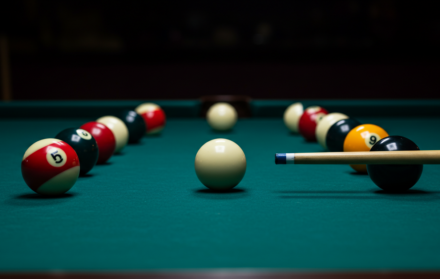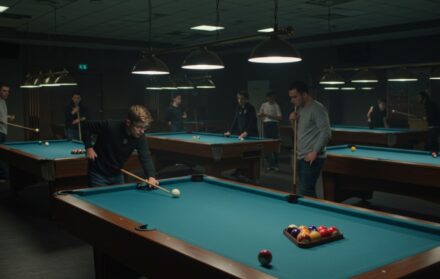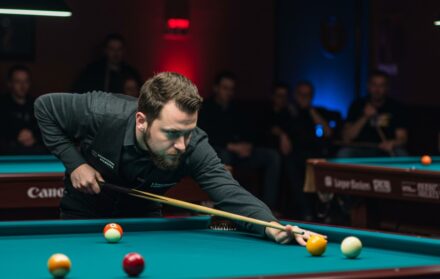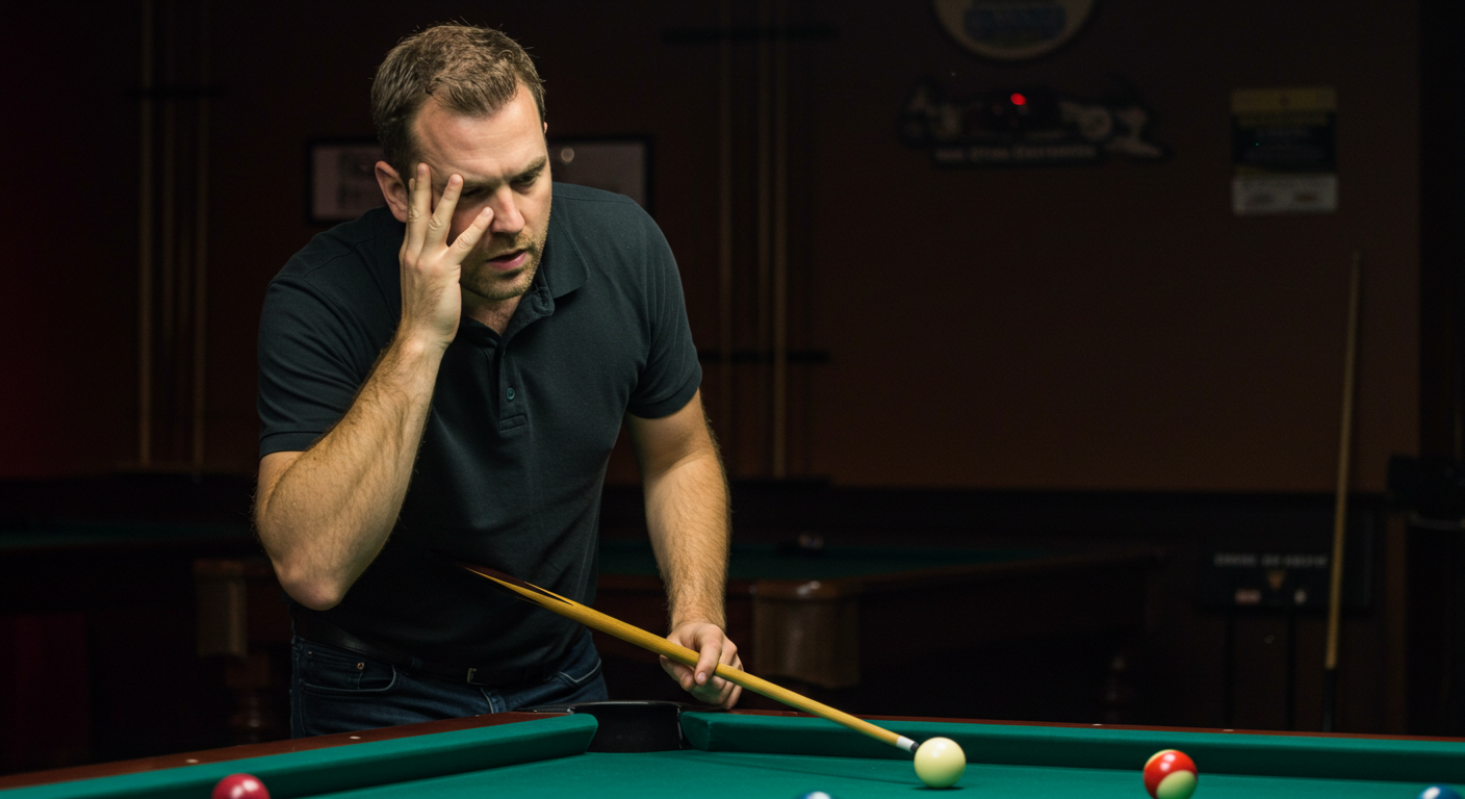
10 Top Mistakes Pool Players Make
Whether you’re a complete beginner or a casual pub player, improving at American pool requires more than just hours at the table—it’s about playing smart. One of the best ways to get better is by recognising and avoiding the most common mistakes pool players make. These errors may seem small on the surface, but they often have a big impact on consistency, accuracy, and confidence.
From poor stance and rushed shots to overusing spin and ignoring table conditions, the same slip-ups appear again and again among players of all levels. The good news? Every mistake is a learning opportunity. Once you understand why these errors happen, you can take practical steps to correct them—and you’ll likely see improvement almost immediately.
In this guide, we’ll break down ten of the most frequent mistakes pool players make. Each section explains what the mistake looks like in real play, why it’s harmful, and how to fix it. Whether you’re playing at home, in a local league, or just enjoying a game with friends, these insights will help you level up your skills and enjoy the game more.
Let’s dive into the first and arguably most game-defining issue: cue ball control.
1. Poor Cue Ball Control
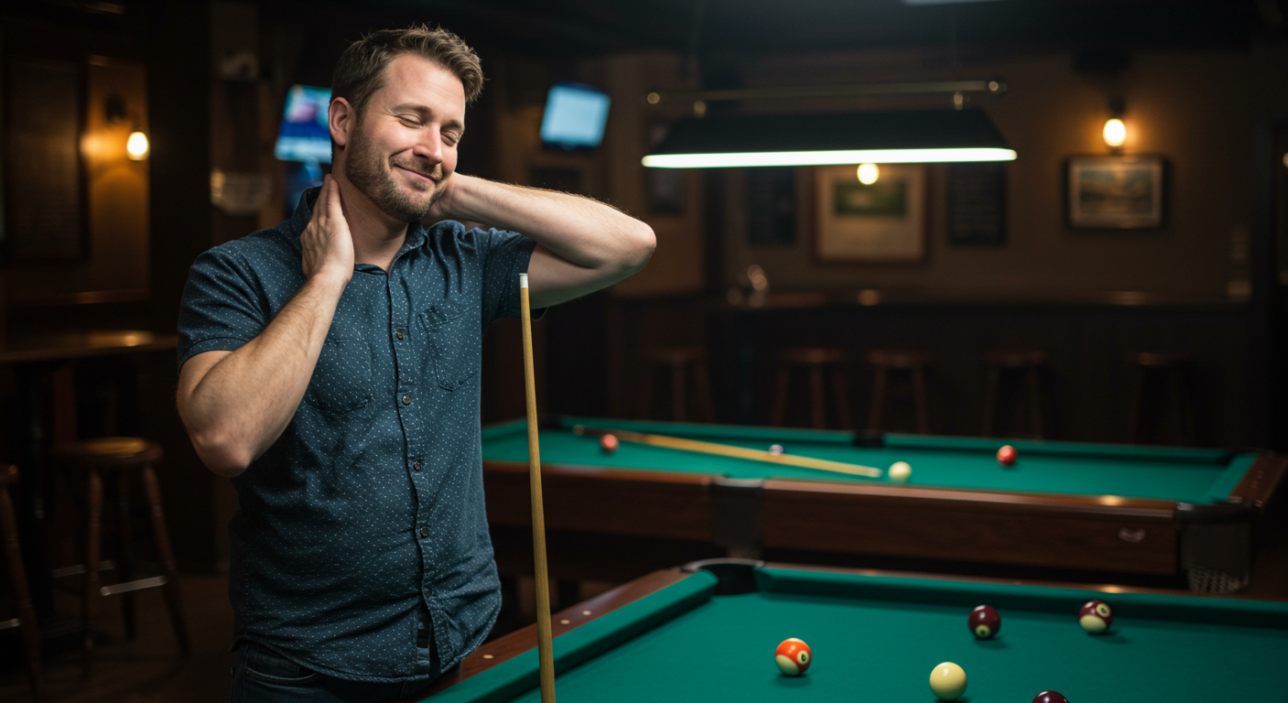
One of the most fundamental mistakes pool players make is neglecting cue ball control. Potting balls may seem like the main objective, but if you can’t position the cue ball for the next shot, you’re leaving your game up to chance. Many players focus entirely on making the current pot and fail to consider where the cue ball will stop, often ending up snookered or out of line for a crucial follow-up shot.
Cue ball control isn’t just about avoiding trouble—it’s the key to stringing shots together smoothly. The ability to predict the cue ball’s path gives you command over your game and lets you plan several shots in advance. Yet players frequently under-hit or over-hit shots, or add unnecessary spin without fully understanding the effect it will have.
To fix this, start with the basics: practise the stop shot, the follow shot, and the draw shot. These core techniques build control without complicating things. Use markers or chalk lines to guide cue ball paths during solo drills, and replay the same shot multiple times with varied speeds.
Mastering cue ball control doesn’t just improve consistency—it transforms how you approach the entire table. So if you’re serious about improving, tackle one of the biggest mistakes pool players make head-on by training your cue ball like it’s your most important shot.
2. Rushing Shots
Rushing is one of the most underestimated mistakes pool players make. In the heat of a match or a casual game with friends, it’s easy to fall into the habit of playing too quickly. You make a pot, feel confident, and immediately line up the next shot without thinking it through. But this eagerness often leads to misjudged angles, poor cue ball control, and even complete misses on relatively simple shots.
One reason players rush is due to pressure—either from the clock, the opponent, or self-imposed nerves. Another is overconfidence. After a successful shot, it’s tempting to ride the momentum. But pool is a game of precision, not pace. Every shot deserves the same level of focus and preparation, whether it’s a straight pot or a tricky bank.
To correct this, develop a pre-shot routine. Take a moment to chalk your cue, visualise the shot, assess the cue ball path, and ensure your stance is comfortable. This habit alone can slow your rhythm just enough to improve consistency without affecting the natural flow of the game.
Also, don’t be afraid to step back from the table if something feels off. Composure is a skill, and like any part of your game, it improves with deliberate practice.
Ultimately, taking your time doesn’t mean playing slow—it means playing smart. By slowing down just a little, you’ll reduce unforced errors and increase your control over every shot.
Eliminating rushed shots is one of the simplest ways to correct the most frequent mistakes pool players make—and it’s entirely within your control.
3. Standing Incorrectly

Another one of the most common mistakes pool players make is adopting a poor stance. It may seem basic, but how you stand can dramatically affect your aim, stroke consistency, and cue ball control. Many casual players stand too upright or shift their body weight awkwardly, which makes stable aiming and smooth cueing difficult.
An incorrect stance leads to misalignment of your eyes, cue, and target line. It also reduces your ability to deliver a straight stroke. When the foundation of your posture is off, everything that follows—bridge hand, cue path, and follow-through—suffers. This results in missed shots, unintentional side spin, and inconsistent cue ball movement.
To improve, begin with a solid and repeatable routine. Place your rear foot in line with the cue ball and intended target, then step forward with your front foot at a slight angle. Bend at the hips, not the waist, keeping your head low enough to align your eyes just above the cue. Your stance should feel stable but relaxed, with your weight evenly distributed for balance.
Practise this in front of a mirror or film your posture during practice. Small corrections in foot positioning and spine alignment can lead to significant improvements in your game.
Correcting poor stance is one of the most overlooked but impactful ways to avoid technical mistakes pool players make. Once your posture becomes second nature, you’ll notice immediate improvements in your accuracy and consistency.
4. Overusing Spin (English)
Among the most subtle mistakes pool players make is over-reliance on spin, often referred to as “English” in pool terminology. While spin can be a powerful tool, using it unnecessarily—or incorrectly—often leads to more harm than good.
New or intermediate players tend to add side spin to almost every shot, believing it gives them greater control. In reality, applying side spin alters the cue ball’s natural path and rebound angle, making shots more difficult to predict. This becomes especially problematic when players don’t yet fully understand how different spins interact with cushion angles or ball friction.
The result? Missed pots, misjudged positioning, and unpredictable cue ball movement. It also masks technical flaws—players may be using spin to compensate for poor alignment or stroke issues rather than fixing the root problem.
To correct this, return to centre-ball striking. Practise hitting the cue ball without spin to regain control over angles and rebound behaviour. Only introduce spin when it’s essential—such as to avoid a blocking ball, change position subtly, or alter the cushion contact angle.
Use chalk consistently when applying spin, and monitor your cue tip contact point. Visual drills with target zones on the cue ball can help refine your touch.
Learning when not to use spin is just as important as knowing how to use it. By avoiding this common overuse, you eliminate one of the sneakiest mistakes pool players make and improve your overall shot reliability.
5. Misjudging Angles
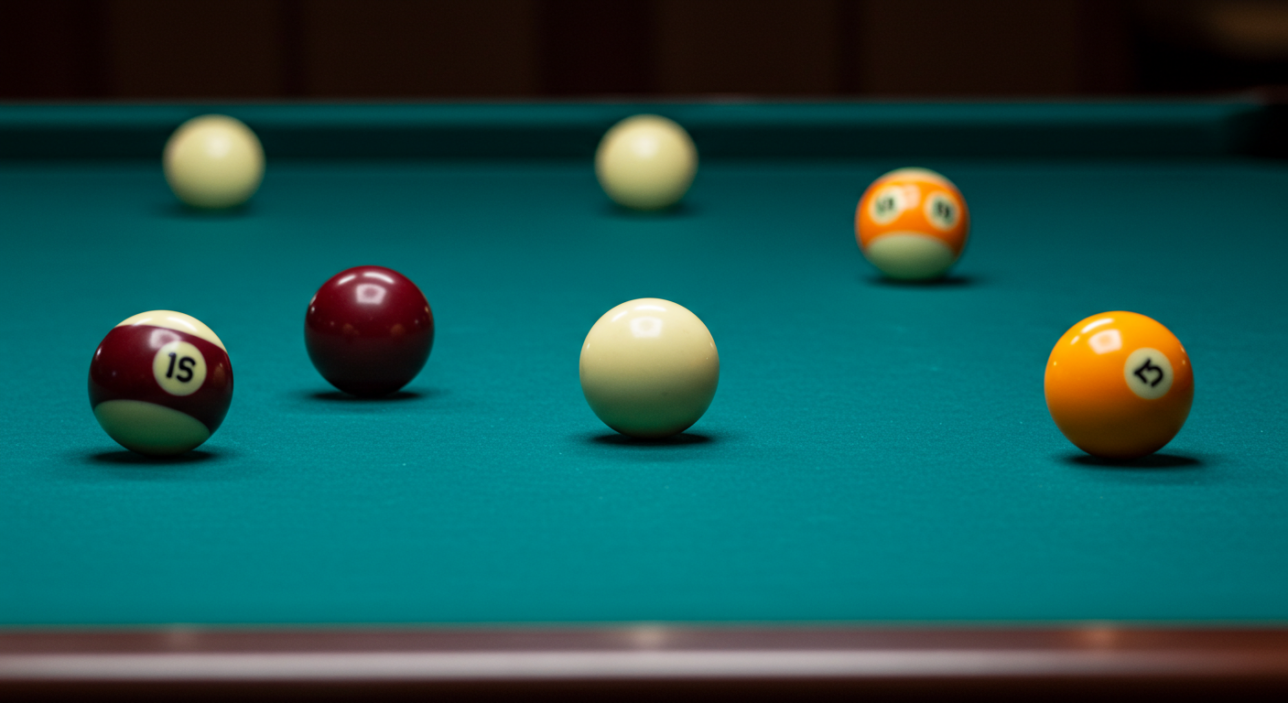
Misjudging angles is one of the most technical mistakes pool players make, and it can ruin even the most well-planned positional play. Pool is a game of geometry, and success often hinges on understanding how balls interact after contact—whether it’s with another ball, the rail, or the cue tip.
Many players assume angles are intuitive, but without deliberate practice, estimating precise lines becomes guesswork. As a result, players miscue banks, fail to split clusters accurately, or send the cue ball rebounding into unplanned areas—often setting themselves up for difficult or impossible follow-up shots.
This issue becomes even more noticeable during kick and bank shots, where a lack of angle awareness leads to frequent misses. Misjudged angles also contribute to overhitting or underhitting positional shots, causing a loss of rhythm and confidence.
To improve, start with basic angle drills. Use chalk to mark aim lines and expected paths on the table. Practise straight shots first, then work into half-ball contacts and banks. Learn to visualise where the cue ball and object ball will go based on contact points.
Also study the “mirror system” for bank shots—this method helps predict how balls rebound by imagining the opposite pocket as the target. Combine this with consistent speed control for better angle accuracy.
Correcting how you read and execute angles will improve your tactical play, especially in safety battles and complex layouts. Recognising and fixing this problem removes one of the most common and avoidable mistakes pool players make.
6. Not Planning Ahead
One of the most strategic mistakes pool players make is failing to plan several shots ahead. Beginners often focus solely on potting the current ball, celebrating a successful shot without considering where the cue ball will end up. But pool is not just about the pot—it’s about what comes next.
Without a plan, players frequently leave themselves with awkward positions or completely blocked paths to their next target. This reactive style of play results in missed opportunities, unnecessary risks, and more frequent safety battles.
Good players think in sequences, not isolated shots. They consider cue ball path, angle on the next shot, and how to break clusters or avoid interfering balls. This foresight allows them to position the cue ball for a high-percentage series of shots—often running multiple balls without leaving the opponent a chance.
To build this habit, practise visualising two to three shots ahead before taking your shot. Use a simple mental checklist:
“What’s next?”, “Where do I want the cue ball?”, “How will this shot affect my next one?”
Drill sequences with a clear objective in mind, such as pocketing three specific balls while ending up in position for a fourth. You’ll soon find your cue ball placement improves naturally.
Planning ahead transforms your strategy, making your play look smoother and more deliberate. Overcoming this issue helps eliminate one of the more tactical but very common mistakes pool players make.
7. Failing to Chalk Properly
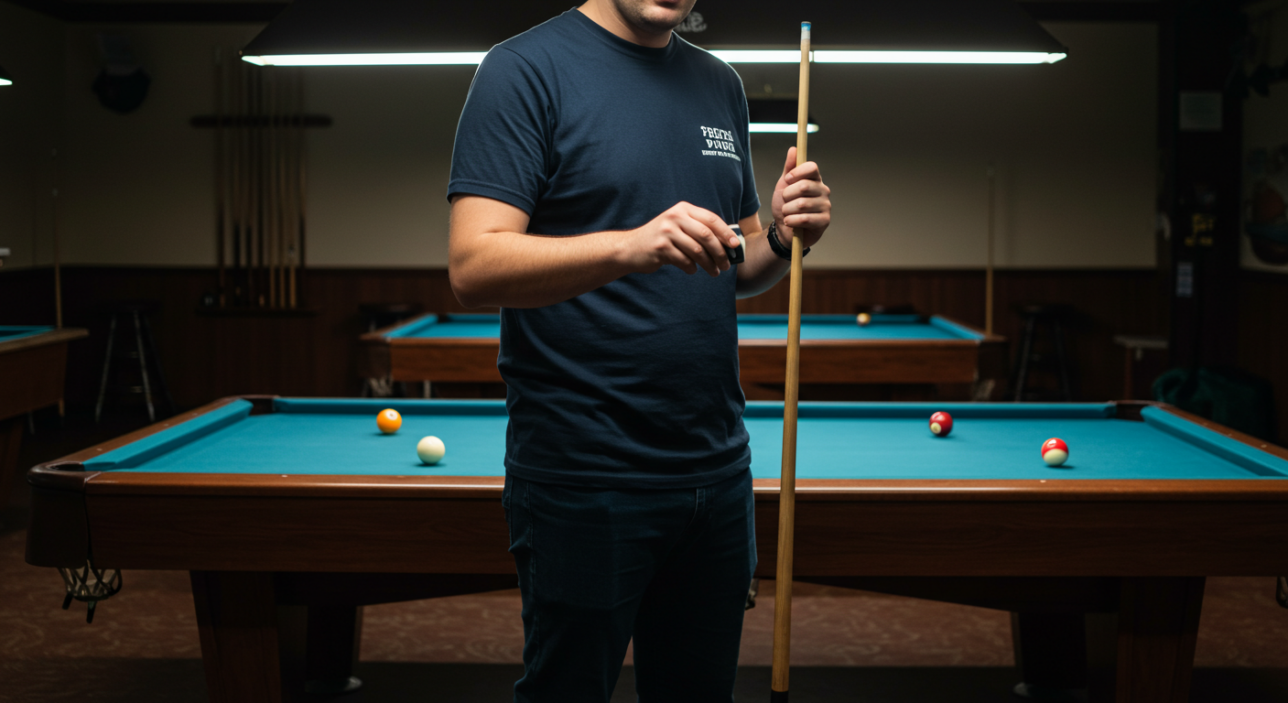
Chalking may seem like a minor detail, but poor chalking technique is one of the simplest mistakes pool players make—and it can have major consequences. A miscue caused by an unchalked or unevenly chalked tip can derail an otherwise perfect shot, especially when applying spin or executing a delicate position play.
Many players either forget to chalk altogether or apply it incorrectly—tapping the chalk or grinding it unevenly into the cue tip. Some over-chalk, leaving dust on the table and cue ball, which affects ball roll and cloth condition. Others under-chalk and rely on guesswork, particularly in fast-paced or social games.
Proper chalking should be deliberate and consistent. Lightly twist the chalk across the entire surface of the cue tip, covering the edges without pressing too hard. Always chalk before every shot, especially when using side spin or playing on a dry or worn cloth.
Invest in high-quality chalk such as Taom, Kamui, or Master, as these offer better adhesion and less mess. Keep a spare piece in your cue case, and avoid letting others borrow your chalk frequently—it wears unevenly and can affect grip.
Also, make it a habit to chalk away from the table. This keeps dust off the cloth and prevents cue balls from sliding or deflecting unpredictably due to chalk debris.
Something as small as chalking might seem insignificant, but neglecting it is one of the most preventable mistakes pool players make. A few seconds of care before each shot can save you from costly misfires and maintain your equipment for longer.
8. Ignoring Table Conditions
Among the more subtle but impactful mistakes pool players make is ignoring the condition of the table itself. Every table has its own quirks—whether it’s a slightly uneven slate, worn cloth, soft cushions, or humidity-related friction. Failing to account for these factors can lead to misjudged speeds, spin reactions, and position play.
Many players assume all tables behave the same. They approach each game with a fixed sense of power and aim, not adjusting for different environments. This becomes a real issue when playing away from home—whether in pubs, clubs, or tournaments—where cloth type, ball cleanliness, and lighting vary significantly.
For example, new cloth will play faster, while older or dirty cloth slows the balls down. Soft cushions may absorb more energy on bank shots. Even ambient temperature and humidity can affect how balls roll and react to spin.
To avoid this mistake, spend the first few minutes of every session getting to know the table. Hit some long shots, test cue ball control, and observe how the balls rebound off the rails. Also, clean your balls and brush the cloth before play whenever possible—it ensures consistency and protects your equipment.
Being aware of table conditions gives you a strategic edge. It allows you to adjust your shot selection, speed, and spin application based on the real-time behaviour of the equipment. Ignoring this is one of those quiet but critical mistakes pool players make that separates casual players from those who consistently perform well.
9. Using the Wrong Cue
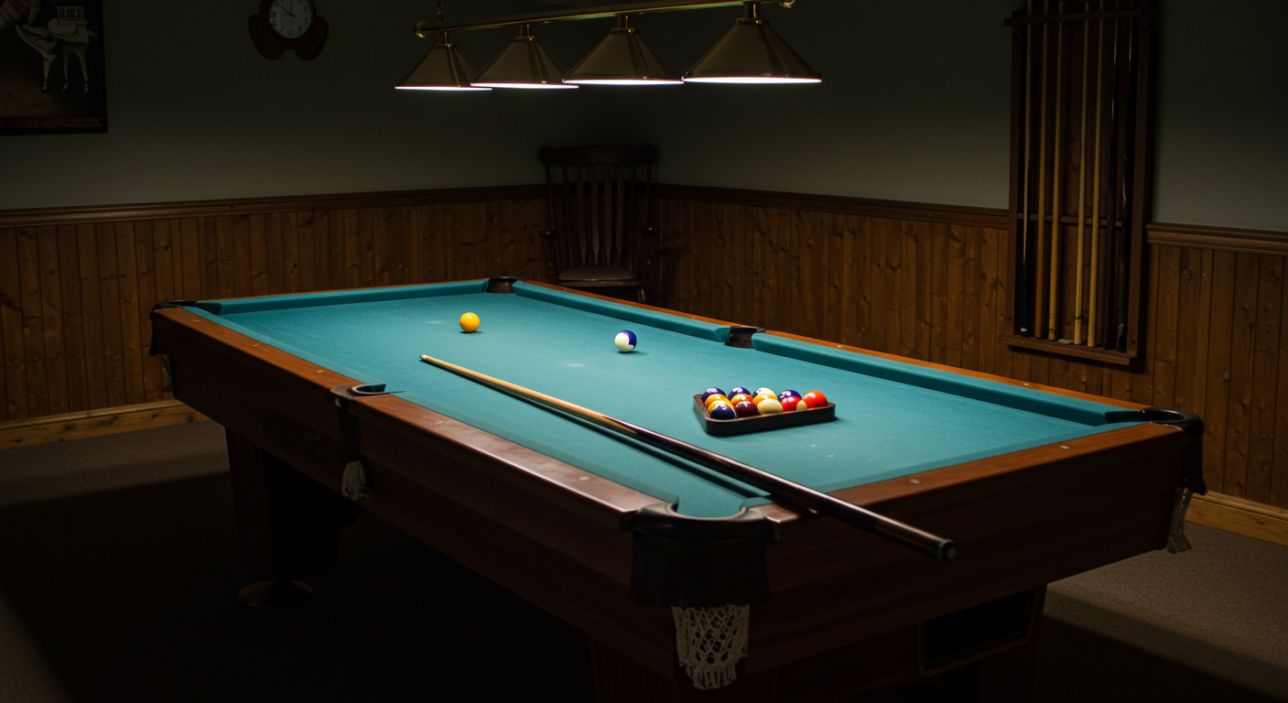
Using an unsuitable cue is one of the more overlooked mistakes pool players make, yet it can have a major impact on performance. Many players simply use whatever cue is available—whether it’s warped, too light, too heavy, or fitted with the wrong tip size—without realising how much it affects accuracy, control, and comfort.
A poorly balanced cue can cause unintended side spin, miscues, and inconsistent shot delivery. For example, a cue that’s too heavy may cause players to overcompensate their stroke, while one that’s too light might not provide the power needed for long-distance shots or breaks. Similarly, the cue tip size and hardness matter—American pool generally uses a 13mm tip, which suits larger balls and wider pockets.
Another issue is cue condition. Many casual players use cues with worn-out tips, glazed ferrules, or damaged shafts. These defects can significantly affect shot performance, especially on spin or draw shots. Playing with a bent or warped cue makes straight strokes nearly impossible.
To avoid this, take the time to choose a cue that suits your height, grip preference, and playing style. Try out different weights, tip types, and grips before buying your own. If you play regularly, investing in your own quality cue will vastly improve consistency and confidence.
Regular maintenance is also essential—check the tip regularly, clean the shaft, and store your cue upright or in a proper case to prevent warping.
Choosing the right equipment isn’t about being flashy—it’s about giving yourself the tools to succeed. One of the more fixable mistakes pool players make is relying on cues that work against them. With a well-fitted and maintained cue, your natural technique will shine through far more clearly.
10. Letting Emotions Take Over
One of the most costly and recurring mistakes pool players make is letting their emotions dictate their play. Pool is as much a mental game as it is a technical one. Frustration, impatience, overconfidence, or anxiety can all derail even the most skilled player’s performance.
Everyone has missed a shot they “should’ve made,” and the natural reaction is often anger or embarrassment. However, allowing these emotions to build up leads to rushed decisions, poor shot selection, and more frequent errors. Similarly, overconfidence after a winning streak can lead to careless play and underestimating your opponent.
The emotional rollercoaster is especially challenging in competitive environments. Players often feel pressured to prove themselves, and one bad miss can shake confidence entirely. Some even fall into the trap of trying to play faster or harder to “make up for” mistakes, compounding the problem.
To avoid this, develop your mental discipline alongside your technical skills. Practise breathing techniques, visualisation, and mindfulness between shots. Take short breaks during practice to reset your focus, and don’t dwell on past misses—treat each shot as a new opportunity.
Accept that mistakes will happen; even professionals miss. What sets great players apart is their ability to recover with composure and clarity.
Controlling your mindset helps you stay calm, make better decisions, and enjoy the game more. Letting your emotions take over is one of the most damaging mistakes pool players make—but also one of the most manageable, once you’re aware of it.
Mistakes Pool Players Make: Awareness Is the First Step to Mastery
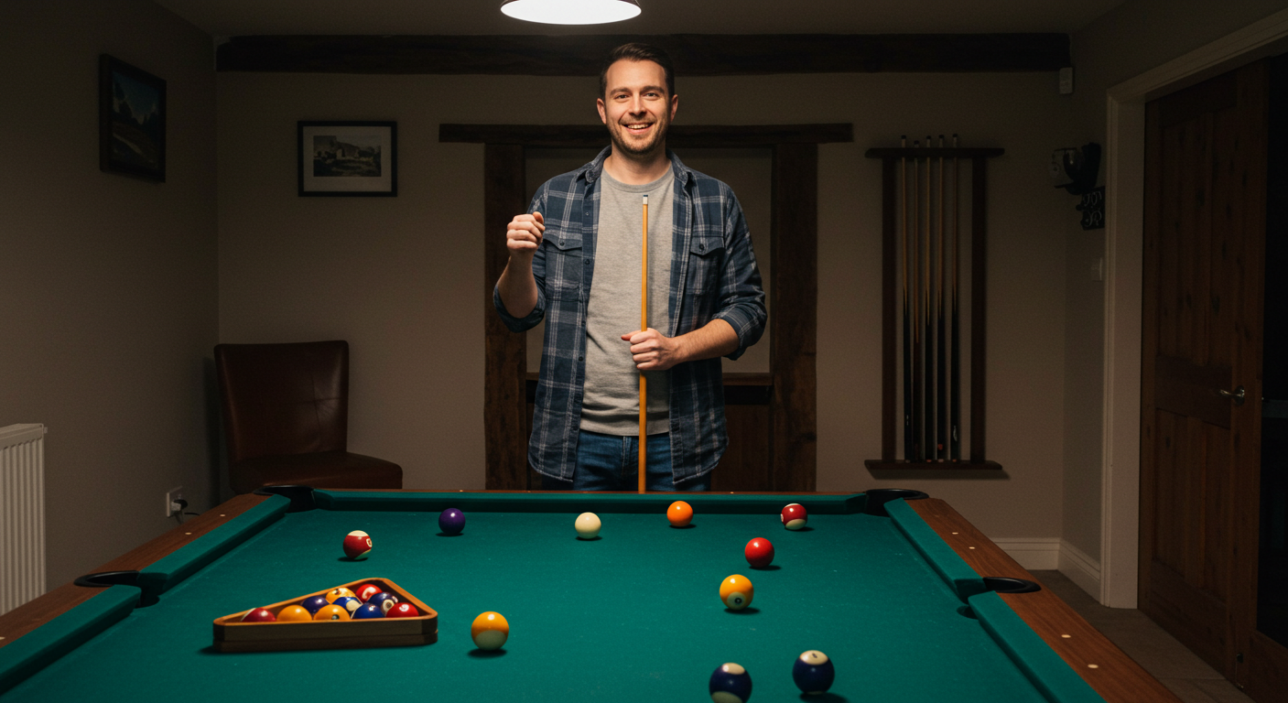
Improving at pool isn’t just about learning fancy trick shots or buying expensive cues—it’s about recognising and correcting the everyday habits that hold your game back. The truth is, many of the most impactful mistakes pool players make are subtle, repeated behaviours that often go unnoticed until they cost you a match or a crucial shot.
From misjudging angles and rushing your stance to overusing spin or reacting emotionally, each mistake has a clear, actionable fix. What separates good players from great ones is the willingness to be self-aware, humble, and deliberate in improving these foundational areas.
Pool is a game of precision, patience, and mental discipline. By correcting your stance, improving your cue control, using the right equipment, and understanding your own mindset, you’ll not only win more games—you’ll enjoy them more, too.
So the next time you step up to the table, take a moment to reflect. Which of these common mistakes might you be making? Start small, make one correction at a time, and let your progress build naturally.
With consistent practice and a clear focus on fundamentals, your game will evolve—and so will your confidence.
